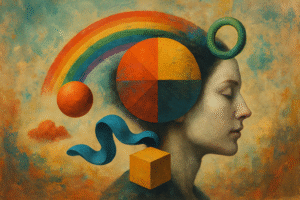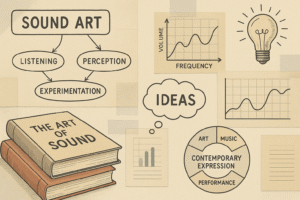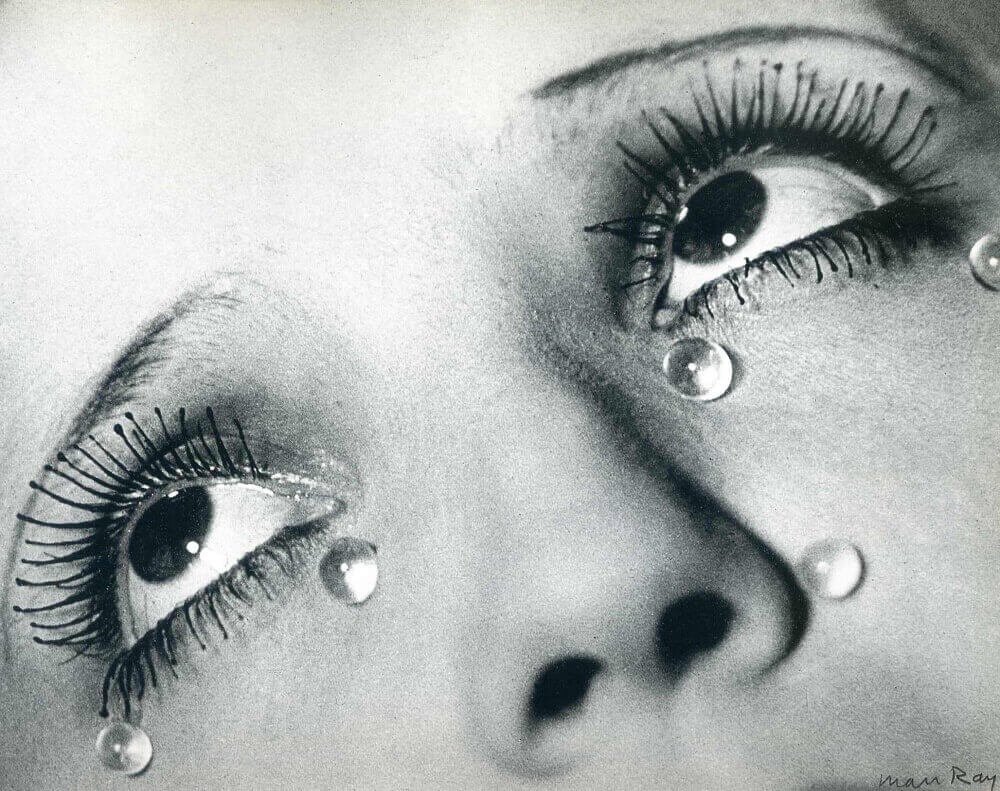
In the ever-evolving history of photography, few figures have disrupted, reshaped, and redefined the medium with the fearless innovation of
Man Ray (1890–1976). A pioneer who blurred the lines between photography, painting, sculpture, and conceptual art, Man Ray was more than a photographer—he was a cultural force. In an era when photography was often seen as a purely documentary tool, he elevated it to the realm of high art, fusing surrealism with technical audacity to create images that still challenge and inspire.
Born Emmanuel Radnitzky in Philadelphia and raised in New York, Man Ray became a central figure of the Dada and Surrealist movements after relocating to Paris in the 1920s. His early connections with artists like Marcel Duchamp and André Breton positioned him at the epicenter of avant-garde experimentation. But it was behind the camera that Man Ray truly found his voice—one that defied tradition at every turn.
His most iconic innovation, the rayograph (also called photogram), emerged from pure experimentation: placing objects directly onto photosensitive paper and exposing them to light. The result? Haunting, abstract compositions that seemed to hover between dream and science—objects rendered ghostly, poetic, and unmoored from reality. These works rejected the idea that photography required a camera at all, boldly challenging assumptions about technique, authorship, and process.
Man Ray’s surrealist portraiture further redefined visual narrative. In works like Glass Tears (1932), he distilled emotion and symbolism into stark, cinematic imagery. His approach—at once sculptural, erotic, and subversively playful—opened new frontiers for fashion photography, conceptual art, and even cinema.
Today, echoes of Man Ray’s influence are everywhere: in the abstract minimalism of contemporary photo installations, in the experimental visuals of music videos, and in the algorithm-driven aesthetics of Instagram-era creators. His willingness to deconstruct norms, to treat photography as a canvas for metaphysical inquiry, gave future generations permission to see beyond the lens.
In a world saturated with images, Man Ray’s legacy endures not because he captured reality, but because he dared to distort it—to make it strange, poetic, and new. He didn’t just take pictures. He made ideas visible.
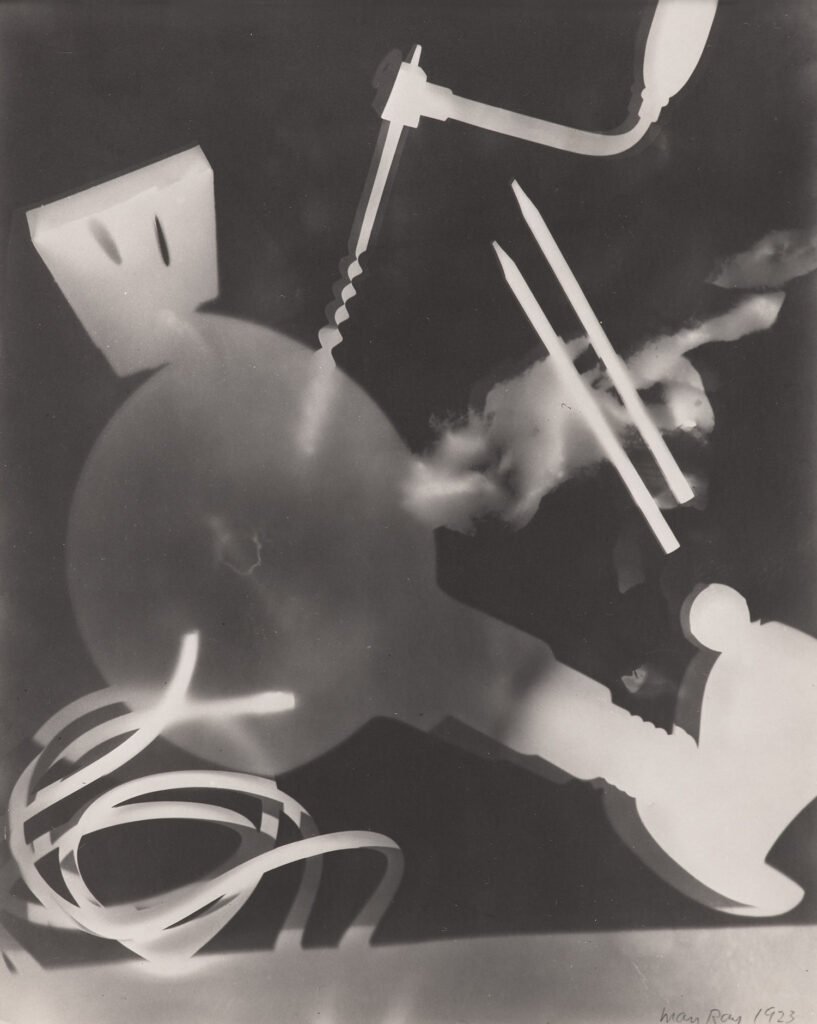
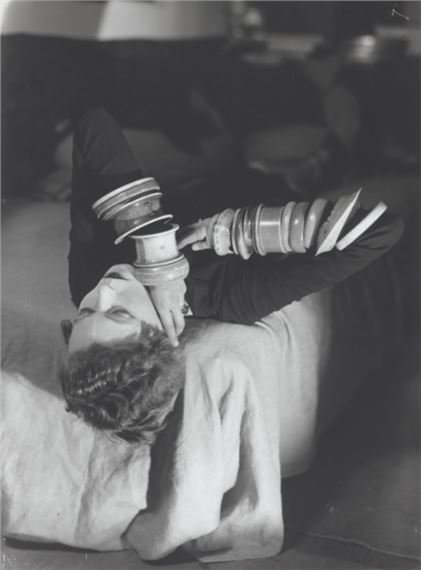
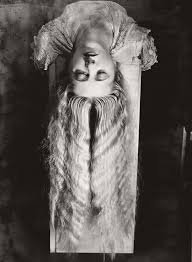
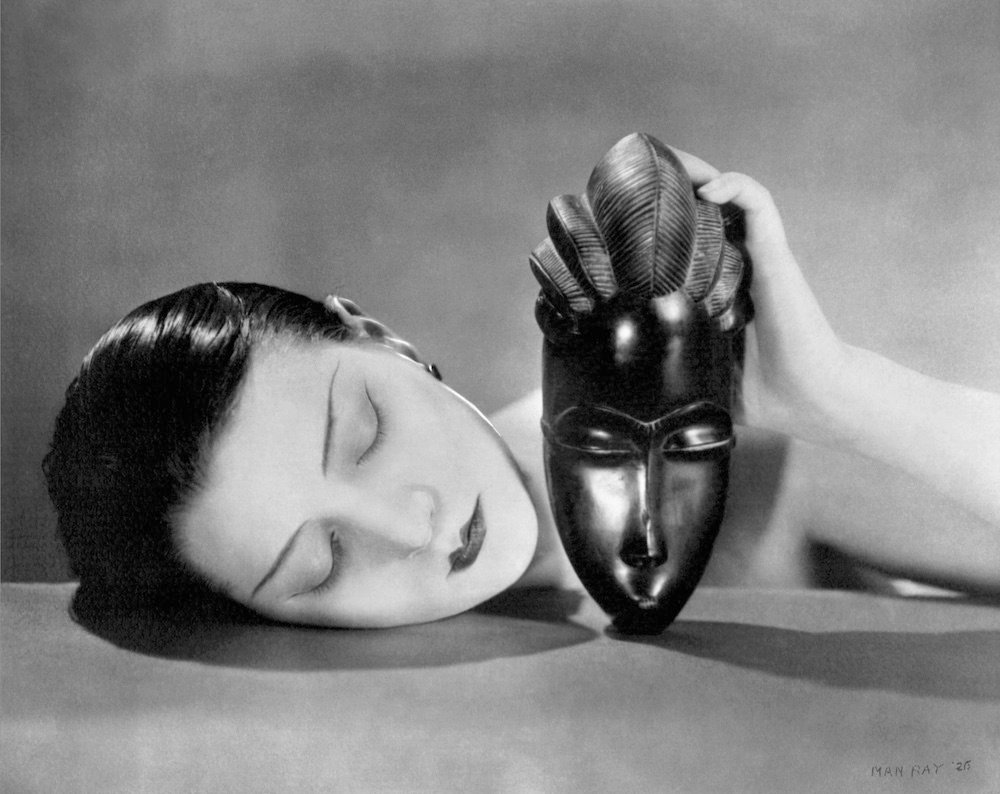
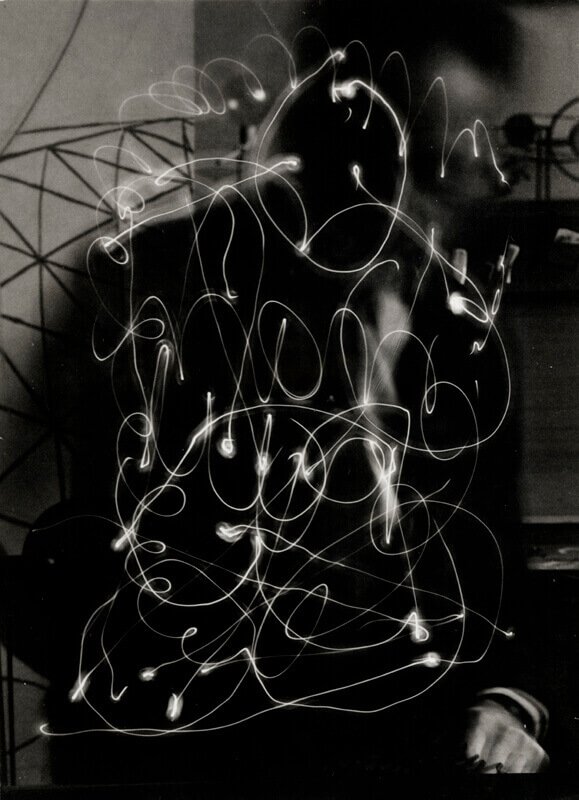
Sources:
The J. Paul Getty Museum: Man Ray Biography
The Art Story: Man Ray Artist Overview
International Center of Photography (ICP)
Naomi Rosenblum, A World History of Photography
Man Ray, Self Portrait (1963)


